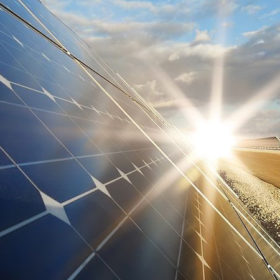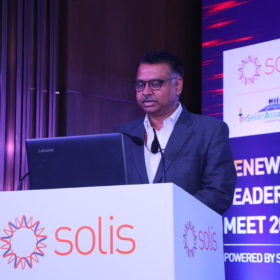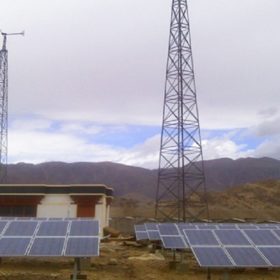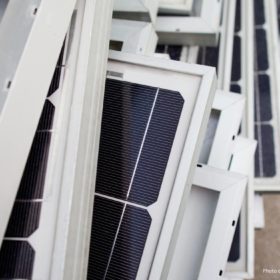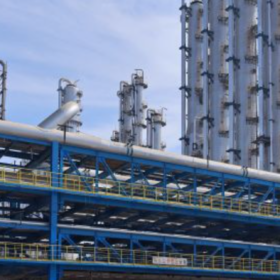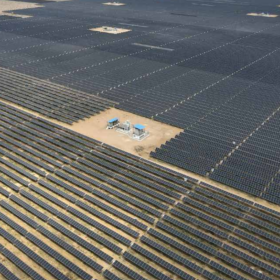REIL tenders for 2.6 MW of mono PERC modules
Domestic manufacturers have until November 19 to bid for supplying the mono-crystalline/mono PERC silicon solar modules rated for a peak power output of 380-390W each.
Govt to increase PLI funding for solar manufacturing to INR 24,000 crore
The increase in the financial layout will help accommodate more manufacturers under the government’s production-linked incentives scheme to support gigawatt-scale manufacturing of high-efficiency solar modules.
Reuse or replace? IEA PVPS analysis considers all options for underperfoming PV modules
In a new report, experts from the International Energy Agency Photovoltaic Power System Programme (IEA-PVPS) have assessed the economical and environmental benefits of repairing and reusing or replacing solar modules that are not complying with a 30-year expected lifetime. They found that reusing offers the best environmental impact in all cases, while the profitability of this option is currently guaranteed only by rooftop PV under certain conditions. As for large-scale solar, module replacement remains the most competitive option.
Shirdi Sai Electricals gets LoA to set up 4 GW solar fab under PLI Scheme
The Telangana based power distribution transformer manufacturer and installer had placed an INR 1,875 crore incentive bid to set up a fully integrated 4 GW polysilicon-to-module fab under government’s production-linked incentives scheme.
“450 GW by 2030 renewable energy target ambitious but achievable”
At the Renewable Leadership Summit 2021 held recently in New Delhi, Dinesh Jagdale, joint secretary, Ministry of New and Renewable Energy, also asserted the ministry is working on addressing stakeholders’ concerns to ensure the investments keep flowing into RE capacity expansion and equipment manufacturing. The Summit, organized by Solar Association, also saw Solis launch its new-generation PV plant monitoring platform and off-grid hybrid inverters.
Adani Green targets 45 GW renewable energy generation capacity by 2030
The renewable energy developer had an operational capacity of 5,410 MW (4,763 MW solar and 647 MW wind) as of September 30.
US Commerce Department throws out anti-dumping petitions
The dismissal is a win for the Solar Energy Industries Association, which vigorously opposed the request by American Solar Manufacturers Against Chinese Circumvention (A-SMACC) for anti-dumping and anti-circumvention (AD-CVD) tariffs
How PV performs close to radio, TV antennas
Researchers in Kenya have analyzed the performance of an off-grid PV system located near an isotropic antenna as an emitting source.
Shipping problems for First Solar but production line expansion is under way
The U.S. manufacturer has started building its third Ohio production base and has also begun ordering equipment to kit out its first factory in India.
End-of-life management of solar PV waste in India
A new study proposes an ‘extended producer responsibility’ based regulatory framework for end-of-life (EOL) solar PV management in India. Under the framework, the Government of India (GoI) works as the nodal agency, defining the roles and responsibilities of different stakeholders and regulating the overall supply chain. The onus of EOL solar PV take-back, transportation, storage, recovery, and destruction lies on the manufacturers, with the entire system cost borne by an executive committee formed by the manufacturers.



